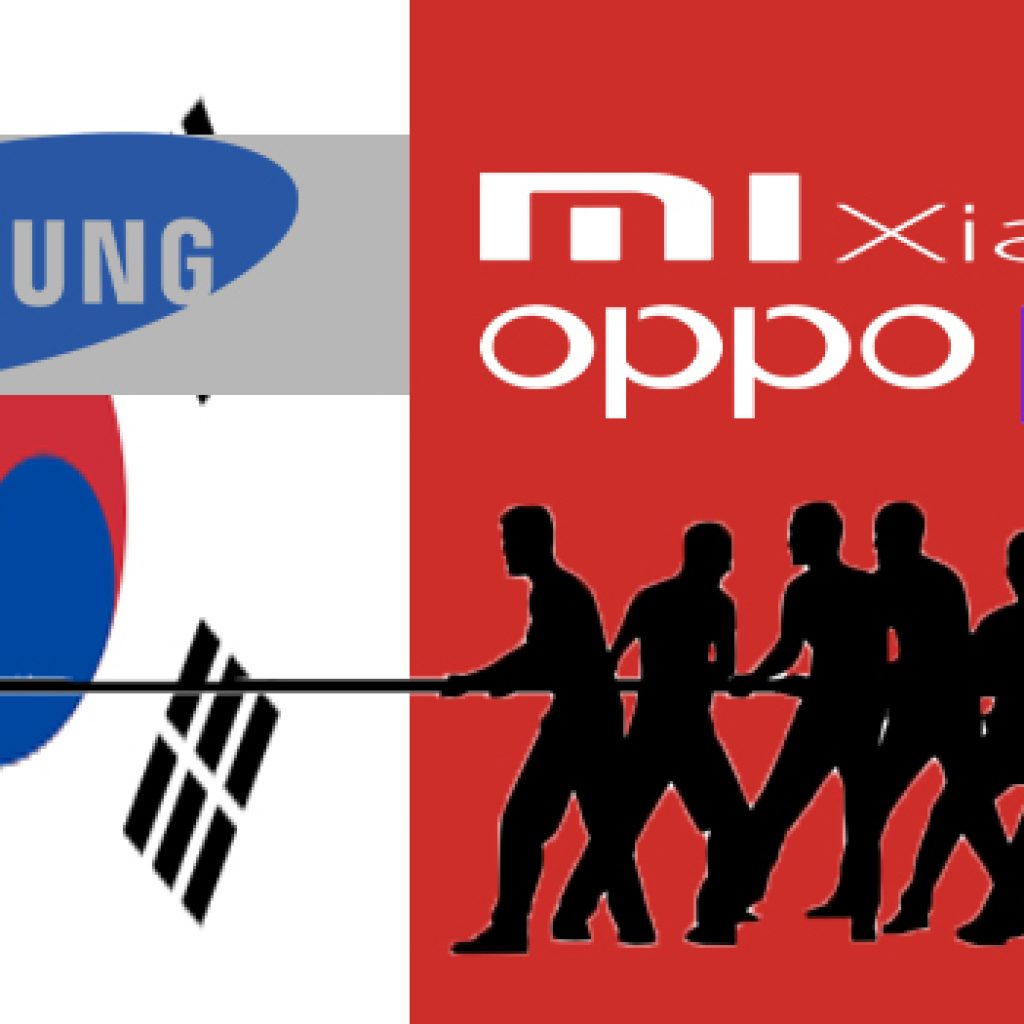
Samsung, the South Korean Electronics manufacturer market leader in India’s phone segment, recently affirmed that Samsung’s Indian business did not suffer much damage nor significant market loss after the arrival of Chinese smartphone brands in India. A top Samsung executive stated that the company was well geared to compete with rising competition.
India being the second largest smartphone market and the fastest growing globally, we have extremely aggressive plans for the country,
said Mohandeep Singh, Senior Vice-President, Mobile Business, Samsung India.
In FY17-18, the South Korean phone maker registered 55.2% of market share in the Rs 40,000 and above price segment, according to a GFK report. In March, Samsung registered a staggering 58% market share in that segment.
However, the South Korean giant has been losing considerable grounds in the mid-range and budget segments to Chinese brands offering better phones than the former. A report from the International Data Corporation (IDC) called “Quarterly Mobile Phone Tracker” stated that Xiaomi is the current market leader in the budget phone market segment with 30.3% market share, trailed by Samsung with 25.1% market share. The report further stated that the Chinese smartphone manufacturer has been leading the market for two quarters in a row already.
“More than the competition, we are focused on the consumers because that is where we find the inspiration for the products that we want to launch in the country,” Singh pointed out.
To stiffen the competition with the relatively cheaper Chinese smartphone brands such as Xiaomi and Oppo, Samsung launched this week four new smartphones to its Galaxy “A” and “J” series with “Infinity Display” – a bazel-less screen supposed to give users an immersive viewing experience. The phones’ prices range between Rs 13,9990 to Rs 25,990.
Additionally, the phones are equipped with interesting features such as “Chat Over Video” which allows interrupted viewing of videos while chatting, memory management and automatic duplicate remover to free up internal memory space. Finally, another unique feature is the Samsung Mall app which makes use of Artificial Intelligence (AI) to enhance the shopping experience of its users. However, despite an apparent price drop, the South Korean giant maintains that the company is not only focused on providing cheaper phones to stay ahead than the competition.
“More than the price, the Indian consumer is now looking for the right value in the products,” Singh said, adding that the features available three to four years ago on a smartphone is no longer relevant in a phone today.
The Average Selling Price (ASP) of smartphones sold in India has been on the rise over the years, and this trend will keep the same trajectory for the years to come. However, despite the fact that Indian consumers are known to be price-conscious, they are increasingly ready to invest more on a premium phone if the features proposed are according to their liking.
As long as you are doing the right thing for the consumer, you would continue to grow in the market quite irrespective of the competition. That’s where our focus is – what is it that the consumer requires from us,
Singh affirmed
Samsung currently boasts five R&D centres in India, two found in Bengaluru, one in Noida, New Delhi and Pune. Last year, the tech mammoth made public its plans of investing Rs 4,915 crore in India, in an effort to boost the capacity of the company’s Noida factory, which produces smartphones, refrigerators and flat panel televisions.
“India is a very important market for Samsung. We are heavily invested in this country – whether it is manufacturing or R&D. We are preparing ourselves from every aspect to be able to grow alongside India’s mammoth smartphone market. We are a market leader not only in the premium but across categories, across segments. We expect to continue this momentum,” Singh pointed out.
